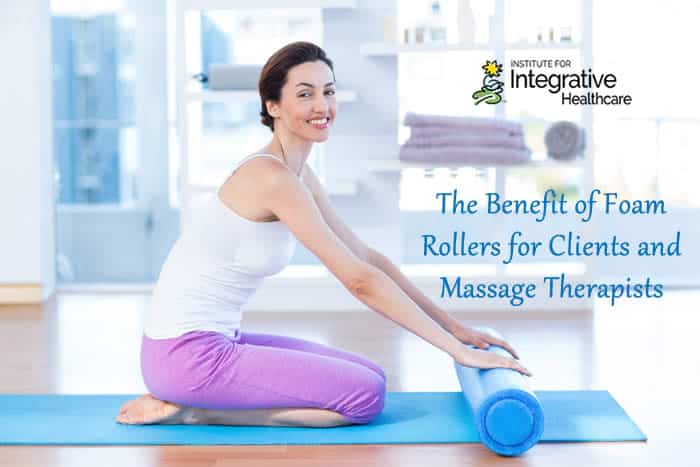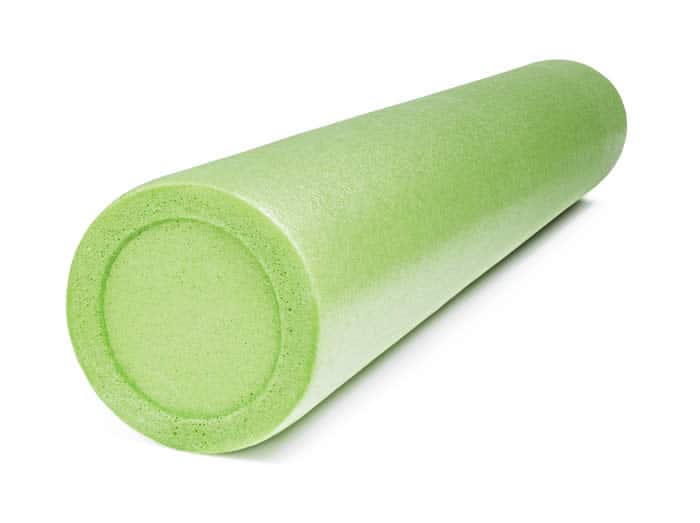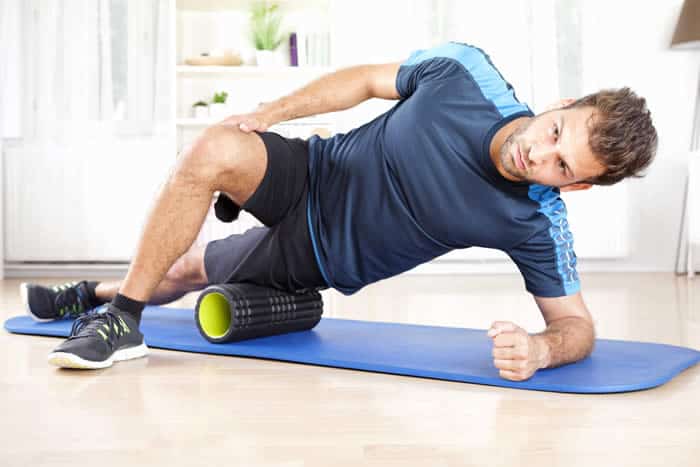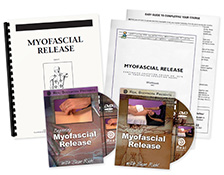

Foam rolling has become a popular addition to both personal self-care and professional therapy practices. Many people have purchased foam rollers for at home usage, and many professional therapists are utilizing foam rollers within their therapeutic massage and bodywork sessions.
As more people discover the benefits of incorporating foam rolling into their health regiments, the popularity of foam tools continues to sky-rocket.
Surveying sources of information about foam rolling will guide readers towards fitness and gym-based websites. Many of these sites report the rise of foam usage within fitness and gym facilities. Upwards of 10% of all modern fitness gym equipment has foam rolling features (1). The massage industry can thank the gym world for foam rolling popularity.
Foam rollers can come in many different forms, shapes and sizes. There are full circular and half-circular foam rollers. Foam may come in balls, sticks or other non-roller shapes.
Before purchasing foam, consider these factors in your decision:
1. Thickness of foam

Thicker foam may be more ideal for firm, tight muscle regions but also be able to bend or work around curved body regions as well. Thicker foam may feel better than thinner foam in areas of tenderness and pain. A novice to foam will benefit from a softer foam to get used to its feel; however softer foam can also lose its form more easily.
2. Density of foam
Denser foam will not need as much pressure to accomplish its goals of freeing myofascial tissue. Denser foam may feel more painful upon the body than less dense foam and may not be as effective for areas of the body recovering from injury.
3. Diameter of foam roller
Diameters refers to the distance across the edges of the roller. Most rollers popularly sold tend to range between 3-6 inches in diameter. (2) A smaller diameter to the foam may work better for deeper, focused muscle regions whereas larger diameters may feel better for initially working into a muscle region.
4. Length of the roller
Lengths may vary greatly with foam rollers. Shorter rollers may be 4-12 inches in length and ideal for easy transport, useful for areas with limited room available. Medium-sized rollers between 14-24 inches may work well for massaging the arms and legs. Longer rollers between 30-36 inches can work well for larger body regions such as the back. Any length of roller may be placed upon the floor for a person to either lay their body upon or balance upon with their feet.
5. Texture

Some foam rollers may be smooth while others have shaped appendages emanating from the foam itself. Popular appendages upon foam include spikes, squares or knobs. Also, many foam rollers have ridges and grooves to give unique texture to the foam. All these items can make the skin experience different sensations. These may be perceived as either pleasant or unpleasant.
A massage therapist should possess many different kinds of foam to accommodate multiple people’s preferences.
6. Substance used to make roller
Possible items used to make rollers include:
- PVC pipe
- plastic
- and metals, including steel and iron.
Foam Rollers Benefit for Your Clients
Foam rolling has been known to aid in releasing cutaneous and myofascial tissues. Slow, sustained pressure upon myofascial tissues has been demonstrated to reduce myofascial restrictions and improve fascial plasticity, the ability of connective tissue to retain a new form. (4)
In addition, research has shown to increase short-term flexibility, enhance balance, improve pain inhibition and reduce DOMS (Delayed Onset Muscle Soreness). (3)
Because of its ability to release myofascial tissues, there are many benefits of foam rolling to massage clients.
- Reducing myofascial adhesions becomes a significant benefit to clientele.
- As adhesions are reduced between muscle and connective tissues, greater range of motion and freedom of joint movement is achieved.
- These benefits improve movement patterns of the body, especially important for active individuals and to avoid chronic holding patterns. (5)
- Freeing myofascial tissues has a net effect of creating space amongst skin and superficial fascial layers. This increased space, created by the negative pressure effect of sustained pressure upon the body, facilitates greater blood and lymph flow.
- Enhanced blood flow brings healthy nutrients and immune components into tissue restoring them to optimal health.
- Improved lymphatic flow aids in the removal of metabolic waste to further cleanse tissues, allowing the room for blood to bring life-promoting elements.
- Decreasing chronic pain within the body is another impactful benefit of foam rolling. Chronic pain keeps the body in a sympathetic (“fight or flight”) state, which pulls the body out of homeostasis, its natural state of balance and harmony. To ease chronic pain is to help restore homeostasis within the body.
- Also, many people experiencing chronic pain also witness emotional conditions related to depression and/or anxiety. The emotional state of the body can be improved with the easing of chronic pain and foam rolling can be one key component of this improvement.
A foam roller can become an effective assessment tool for massage therapists. When using this tool, the therapist may notice areas that are not as pliable. These regions may be first addressed with a foam roller to loosen overly tight tissue which will make any normal massage touch easier to utilize.
A therapist can avoid injuring their thumbs, fingers, wrists, elbow or shoulders when tight tissue is looser to the touch.
A Self-Care Tool for Massage Therapists
Foam rollers can also be a great self-care tool for massage therapists themselves. Using foam upon the forearms, wrists and hands can aid a therapist between sessions. Rolling foam upon the legs and back can ease tension acquired during a busy workday. As a therapist learns how to use foam upon themselves, they will be better at coaching their clients on foam usage.
Final Thoughts
When using foam rollers, be sure to practice hygienic care of the tool. Wrapping the roller in a pillowcase or cover will be recommended to avoid direct skin contact. If roller does contact the skin, disinfect the tool immediately. Be sure to store within a cabinet or drawer at room temperature.
As massage therapists learn to incorporate tool usage into their therapeutic practices, foam rollers may become a valuable asset. Encouraging clients to use these tools at home will further augment their personal health routines.













